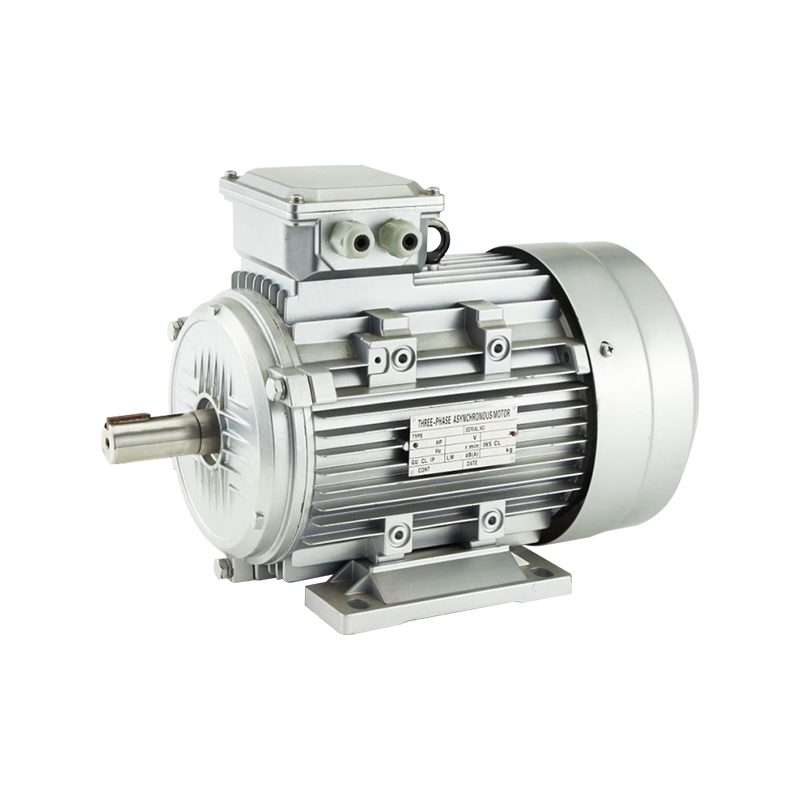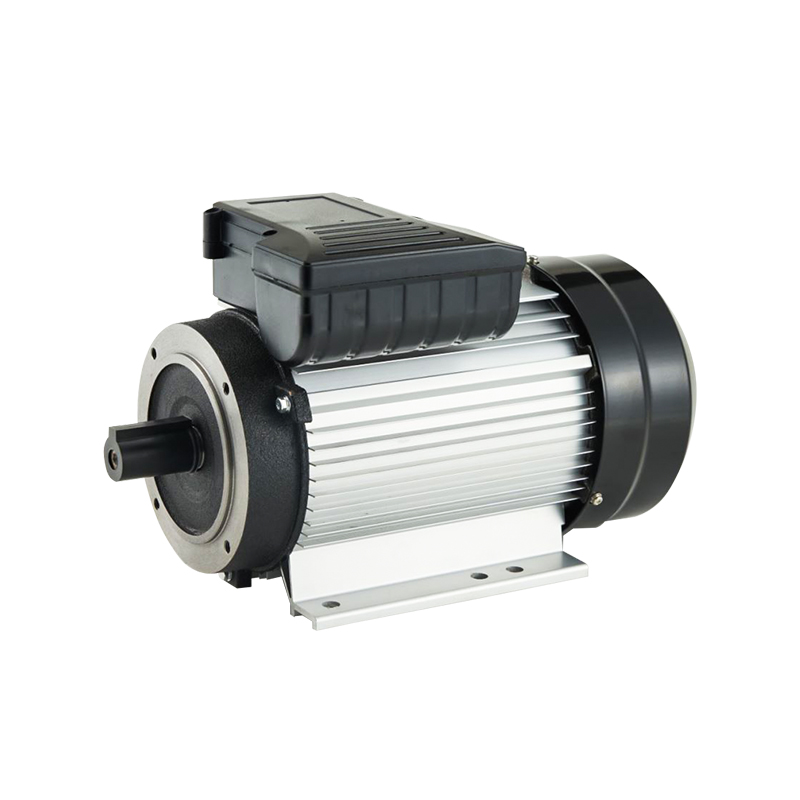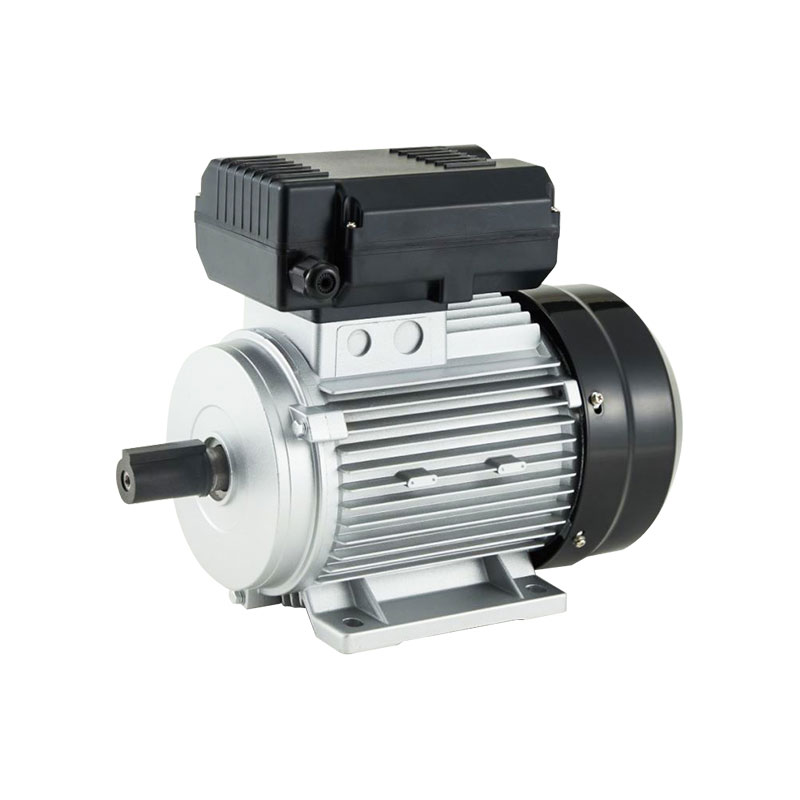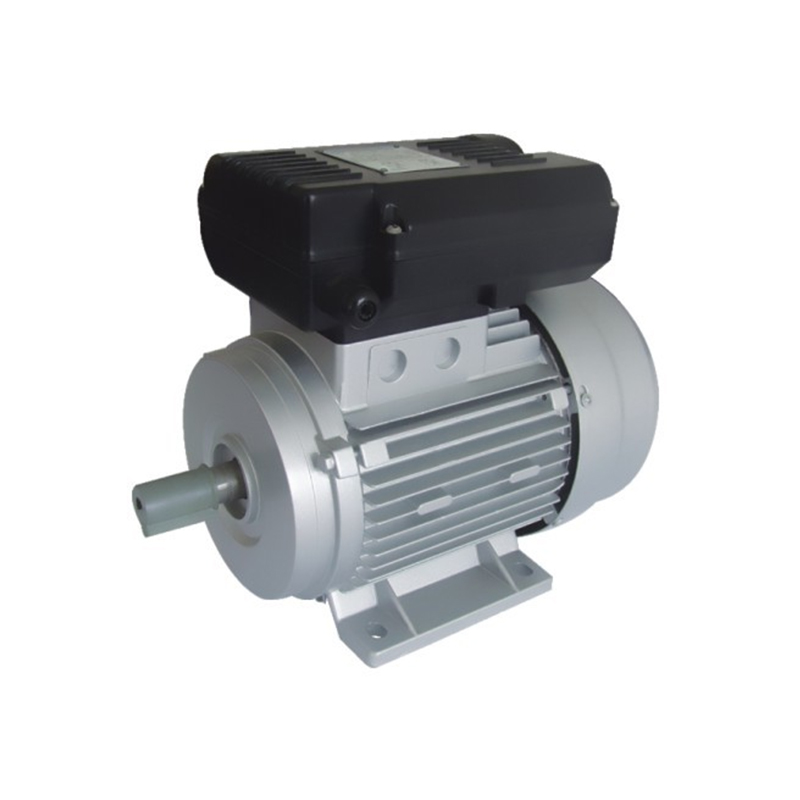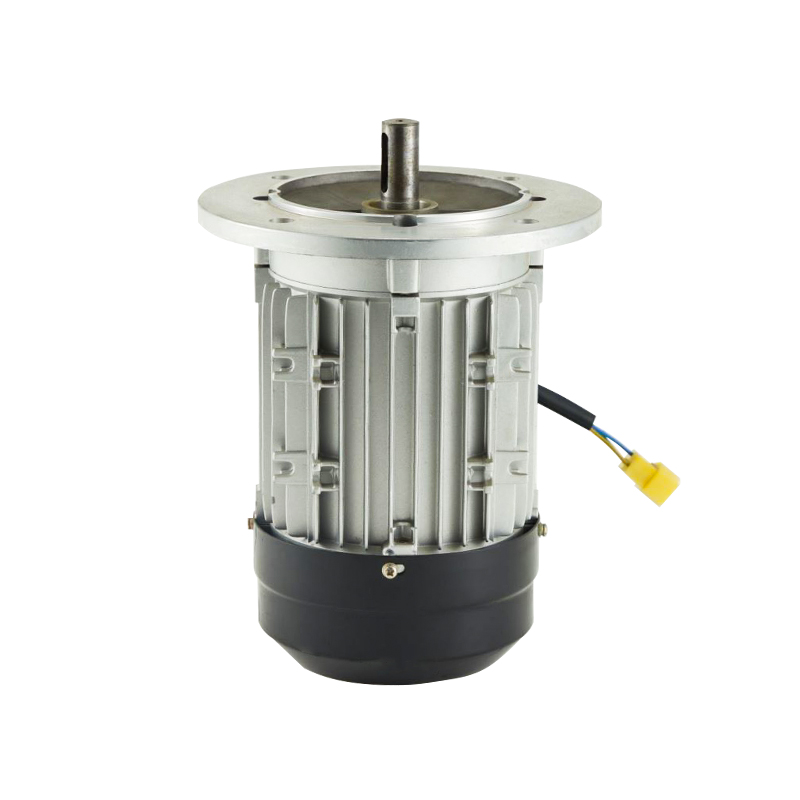The main differences between asynchronous motors and synchronous motors are their operating principles, structures, performance, and applications.
Operating principle: Asynchronous motors operate by the interaction between the magnetic field generated by the power supply and the magnetic field generated by the motor's internal current on the rotor. When the power is turned on, the current in the stator winding forms a rotating magnetic field, which interacts with the current in the rotor winding, allowing the rotor to obtain torque and rotate. Synchronous motors operate by the interaction between the magnetic field generated by the power supply and the magnetic field generated by the motor's internal excitation current on the rotor. The speed of the synchronous motor will be consistent with the frequency of the power supply, so it is called "synchronous".
Structure: Asynchronous motors are mainly composed of stators, rotors, and bearings. The stator is usually composed of an iron core and windings. The iron core is stacked with silicon steel sheets, which can reduce eddy current losses. Synchronous motors are usually composed of stators, rotors, and excitation systems. The stator is similar to the asynchronous motor but generally adopts a salient pole structure, which makes it easy to install the excitation winding.
Performance: Asynchronous motors have the advantages of simple structure, durability, low price, and reliable operation. However, its speed has a fixed relationship with the power frequency, so speed control cannot be achieved. In addition, the efficiency of asynchronous motors is low at low speeds and there are large torque fluctuations. Synchronous motors have a relatively complex structure, a high price, and require excitation current when running. However, its speed is consistent with the power frequency, so speed control can be achieved. In addition, synchronous motors have high efficiency at high speeds and have relatively smooth torque characteristics.
Application: Asynchronous motors are widely used in industrial and household fields, such as water pumps, fans, compressors, cranes, and machine tools. Due to their simple structure, low price, and reliable operation, asynchronous motors have replaced DC motors in many applications. Synchronous motors are mostly used in power systems for synchronous generators and synchronous motors in power plants and substations, as well as synchronous compensators for controlling power systems. In addition, synchronous motors are also used in areas where precise speed and position control are required, such as machine tools and textile machinery.
In summary, there are some obvious differences between asynchronous motors and synchronous motors in terms of working principles, structures, performance, and applications.
In recent years, the development of advanced motor technology has led to the increased use of 3 phase permanent magnet synchronous motor in various applications. These motors offer enhanced efficiency and performance compared to traditional designs, especially in situations requiring precise control over speed and torque. 3 phase permanent magnet synchronous motor, due to their consistent speed with the power frequency and smooth torque characteristics, are often favored in industries like robotics, electric vehicles, and automated systems. Their robust design and reliable operation make synchronous motors a preferred choice in applications demanding high efficiency and long-term reliability. The 3-phase permanent magnet synchronous motor also excels in energy efficiency, making it suitable for applications where energy conservation is critical. Its ability to maintain a constant speed under varying load conditions ensures reliable performance in sensitive operations, such as in medical equipment and precision manufacturing. Additionally, these motors typically require less maintenance compared to asynchronous motors, thanks to their robust structure and reduced wear. The combination of high precision, efficiency, and reliability makes synchronous motors a key component in modern, energy-conscious industries.


